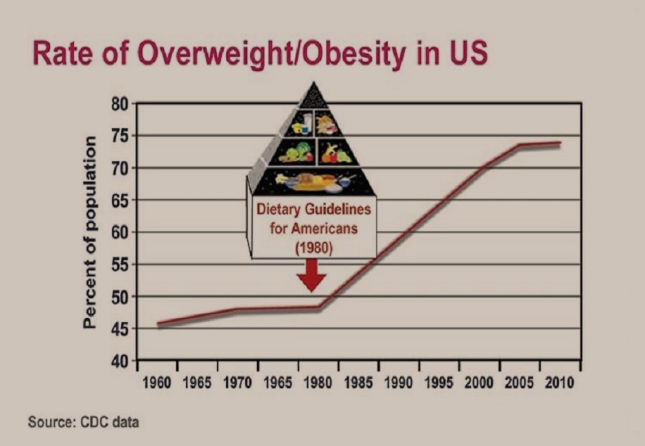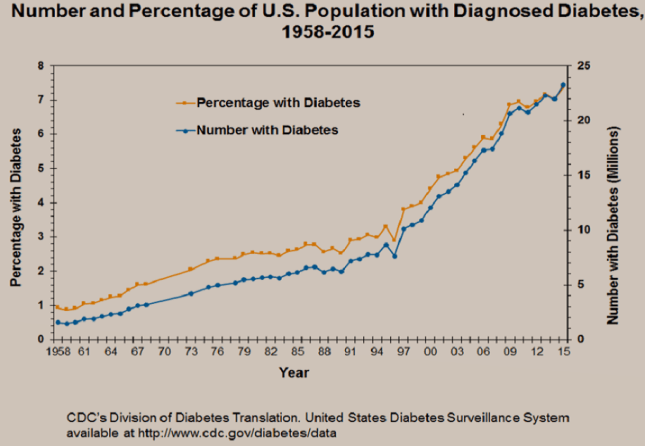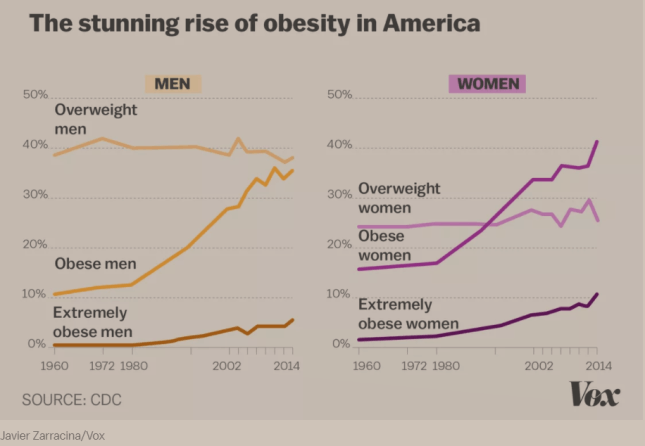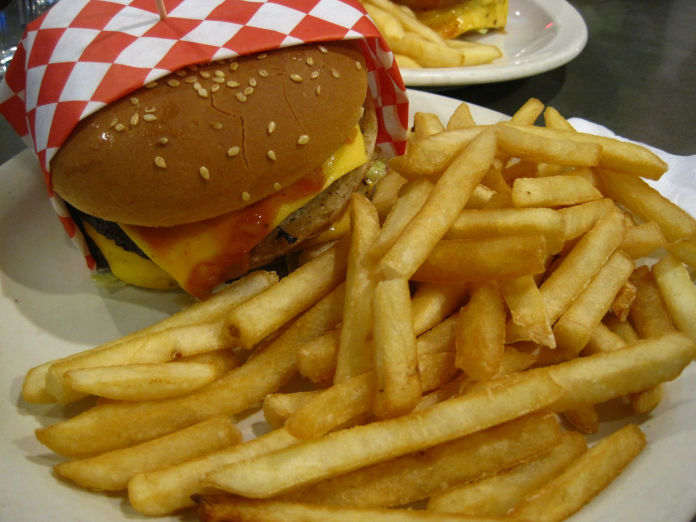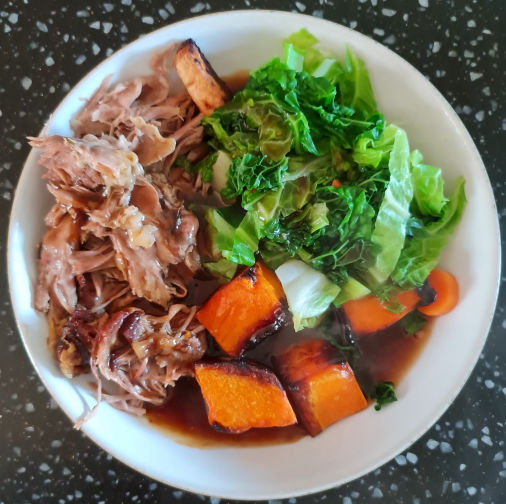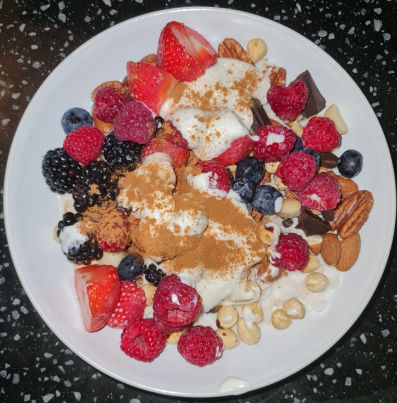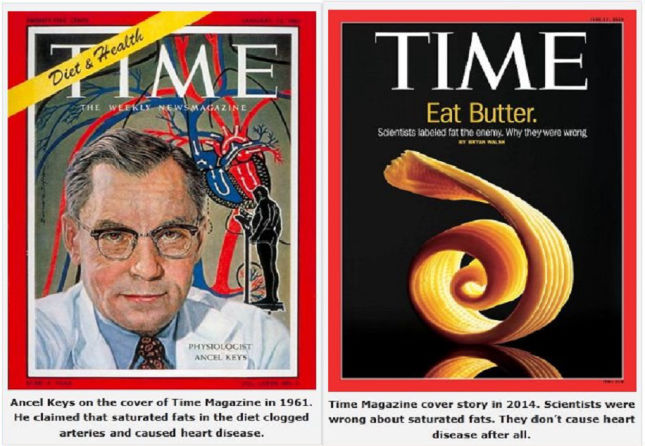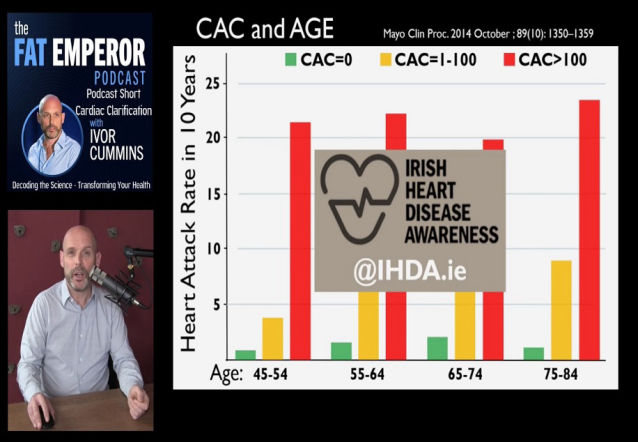Understandable. Here's a common
sense rationale. Indigenous populations such as the Inuit and Maasai eat mostly
meat and do not suffer the same non-communicative diseases of Western societies,
such as diabetes and hypertension. Here are some websites with real people and
their successes on mostly meat based diets:
- Meatrx
- Diabetes.co.uk
- Diet Doctor
- We have our own small successes, which we intend to grow.
Meat is at the heart of these successes at very close to 100% of the cases.
What about the weight of the evidence? There has never been a study that crosses
the scientific threshold of proof. IARC say eating bacon raises a risk of bowel
cancer to 18% or 51 in 100,000, the standard risk is
43 in 100,000. The statistical gymnastics to have a rise of 8
equate to 18%, is achieved by a method called relative risk. Whist relative risk
is a legitimate measurement "they" know it is misleading. The 8 increase was
gained by asking people what they ate via a food frequency
questionnaire.....enough said, revert back to the section above regarding the
longest lived and what they eat. On these questionnaires, pizza for example is
classed as meat.
When it comes to risk, take a fast food meal of burger and chips. They would
say the burger pattie increases risk, whilst hundreds of medical professionals
say the risk is in the rancid vegetable oil, the sugary burger bun and the high
carb fries - we are right, they are wrong.
Food choices have recently
been framed in the "plant based paradigm" which favours commercial products not
whole foods such as carrot or courgettes (always something packaged and mixed
with loads of ingredients). We prefer history to tell the truth about real
food. In Britain for example if you have relatives who are around 70 to 90
years old, ask them what they ate as a child. Review for yourself what
hunter gathers used to eat, and what those who still survive now eat (those not
influenced by Western foods, such as in the Amazon). The Maasi, Hadza,
Inuit are good examples. Most have in common a meat and or fish as the
primary must have base of their diets with berries and tubers for subsistence
(check this for yourself). Below is an example of what the Commanche
indians ate.
(https://en.wikipedia.org/wiki/Comanche):
The Comanche
were initially hunter-gatherers. When they lived in the Rocky Mountains, during
their migration to the Great Plains, both men and women shared the
responsibility of gathering and providing food. When the Comanche reached the
plains, hunting came to predominate. Hunting was considered a male activity and
was a principal source of prestige. For meat, the Comanche hunted buffalo, elk,
black bear, pronghorn, and deer. When game was scarce, the men
hunted wild mustangs, sometimes eating their own ponies. In later years the
Comanche raided Texas ranches and stole longhorn cattle. They did not eat fish
or fowl, unless starving, when they would eat virtually any creature they could
catch, including armadillos, skunks, rats, lizards, frogs, and grasshoppers.
Buffalo meat and other game was prepared and cooked by the women. The
women also gathered wild fruits, seeds, nuts, berries, roots, and
tubers — including plums, grapes, juniper berries, persimmons,
mulberries, acorns, pecans, wild onions, radishes, and the fruit of the prickly
pear cactus. The Comanche also acquired maize, dried pumpkin, and tobacco
through trade and raids. Most meats were roasted over a fire or boiled. To boil
fresh or dried meat and vegetables, women dug a pit in the ground, which they
lined with animal skins or buffalo stomach and filled with water to make a kind
of cooking pot. They placed heated stones in the water until it boiled and had
cooked their stew. After they came into contact with the Spanish, the Comanche
traded for copper pots and iron kettles, which made cooking easier.
Women used berries and nuts, as well as honey and tallow, to flavor buffalo
meat. They stored the tallow in intestine casings or rawhide pouches called
oyóotû¿. They especially liked to make a sweet mush of buffalo marrow mixed with
crushed mesquite beans.
The Comanches sometimes ate raw meat, especially raw liver flavored with
gall. They also drank the milk from the slashed udders of buffalo, deer,
and elk. Among their delicacies was the curdled milk from the
stomachs of suckling buffalo calves. They also enjoyed buffalo tripe, or
stomachs.
Comanche people generally had a light meal in the morning and a large
evening meal. During the day they ate whenever they were hungry or when it was
convenient. Like other Plains Indians, the Comanche were very hospitable people.
They prepared meals whenever a visitor arrived in camp, which led to outsiders'
belief that the Comanches ate at all hours of the day or night. Before calling a
public event, the chief took a morsel of food, held it to the sky, and then
buried it as a peace offering to the Great Spirit. Many families offered thanks
as they sat down to eat their meals in their tipis.
Comanche children ate pemmican, but this was primarily a tasty, high-energy
food reserved for war parties. Carried in a parfleche pouch, pemmican was eaten
only when the men did not have time to hunt. Similarly, in camp, people ate
pemmican only when other food was scarce. Traders ate pemmican sliced and dipped
in honey, which they called Indian bread.
This is just one example, far
away from the diets now routinely consumed with the 600,000 choices in modern
supermarkets

